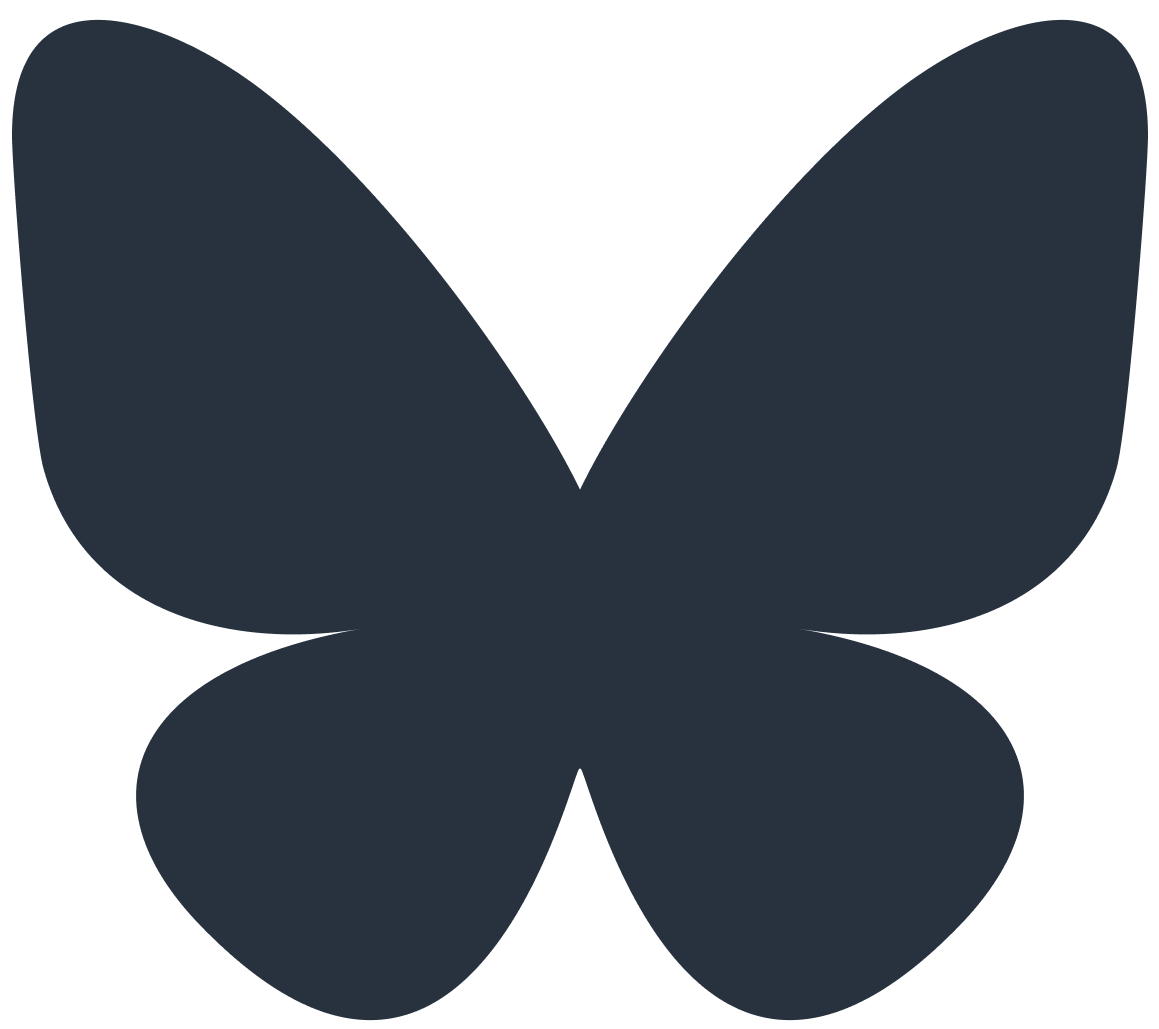Papers
- Octahedral coordinates from the Wirtinger presentation
- in
Geometriae Dedicata
arXiv: 2404.19155 [math.GT]
doi: 10.1007/s10711-025-01012-7 Summary
Let \(\rho\) be a representation of a knot group (or more generally, the fundamental group of a tangle complement) into \(\operatorname{SL}_2(\mathbb{C})\) expressed in terms of the Wirtinger generators of a diagram \(D\) . In this note we give a direct algebraic formula for the geometric parameters of the octahedral decomposition of the knot complement associated to \(D\) . Our formula gives a new, explicit criterion for whether \(\rho\) occurs as a critical point of the diagram’s Neumann-Zagier–Yokota potential function.
- Hyperbolic structures on link complements, octahedral decompositions, and quantum \(\mathfrak{sl}_2\)
- submitted
arXiv: 2203.06042 [math.GT] Summary
Hyperbolic structures (equivalently, principal \(\operatorname{PSL}_2(\mathbb C)\) -bundles with connection) on link complements can be described algebraically by using the octahedral decomposition, which assigns an ideal triangulation to any diagram of the link. The decomposition (like any ideal triangulation) gives a set of gluing equations in shape parameters whose solutions are hyperbolic structures. We show that these equations are closely related to a certain presentation of the Kac-de Concini quantum group \(\mathcal{U}_q(\mathfrak{sl}_2)\) in terms of cluster algebras at \(q = \xi\) a root of unity. Specifically, we identify ratios of the shape parameters of the octahedral decomposition with central characters of \(\mathcal{U}_\xi(\mathfrak{sl}_2)\) . The quantum braiding on these characters is known to be closely related to \(\operatorname{SL}_2(\mathbb C)\) -bundles on link complements, and our work provides a geometric perspective on this construction.
- Kashaev-Reshetikhin invariants of links
- submitted
arXiv: 2108.06561 [math.GT] Summary
Kashaev and Reshetikhin previously described a way to define holonomy invariants of knots using quantum \(\mathfrak{sl}_2\) at a root of unity. These are generalized quantum invariants depend both on a knot \(K\) and a representation of the fundamental group of its complement into \(\mathrm{SL}_2(\mathbb{C})\) ; equivalently, we can think of \(\mathrm{KR}(K)\) as associating to each knot a function on (a slight generalization of) its character variety. In this paper we clarify some details of their construction. In particular, we show that for \(K\) a hyperbolic knot \(\mathrm{KR}(K)\) can be viewed as a function on the geometric component of the \(A\) -polynomial curve of \(K\) . We compute some examples at a third root of unity.
- Holonomy invariants of links and nonabelian Reidemeister torsion
- in
Quantum Topology
arXiv: 2005.01133 [math.QA]
doi: 10.4171/QT/160 Summary
We show that the \(\mathrm{SL}_2(\mathbb{C})\) -twisted Reidemeister torsion of a link can be computed using quantum \(\mathfrak{sl}_2\) at a fourth root of unity. The proof uses a Schur-Weyl duality with the Burau representation. Our construction is a special case of the quantum holonomy invariants of Blanchet, Geer, Patureau-Mirand, and Reshetikhin and we consequently interpret their invariant as a twisted Conway potential.
- Planar diagrams for local invariants of graphs in surfaces
- in
Journal of Knot Theory and its Ramifications
arXiv: 1805.00575 [math.GT]
doi: 10.1142/S0218216519500937 Summary
In order to apply quantum topology methods to non-planar graphs, we define a planar diagram category that describes the local topology of embeddings of graphs into surfaces. We also discuss an extension of the flow polynomial called the \(S\) -polynomial and relate it to the Yamada and Penrose polynomials.
- Surgery calculus for classical \(\operatorname{SL}_2(\mathbb{C})\) Chern−Simons theory
- arXiv: 2210.09469 [math.GT]
Summary
In this article I work out how to compute complex volumes of link complements directly from their diagrams using the octahedral decomposition. This is an application of the results of arXiv:2203.06042. I also show how to extend this computation to general \(3\) -manifolds via surgery; this is a sort of classical version of the surgery calculus for the Witten-Reshetikhin-Turaev theory. For link complements the complex volume depends on an extra choice of boundary data called a log-decoration; this was known to experts but usually not discussed explicitly in the literature. Most of the results in this paper are already known in some form; my main goal was to explain them in a unified way. I plan on publishing an expanded version with some new material.
- \(\mathrm{SL}_2(\mathbb{C})\)-holonomy invariants of links
- PhD thesis
arXiv: 2105.05030 [math.QA] Summary
My PhD thesis gives an improved version of the \(\mathrm{SL}_2(\mathbb{C})\) -holonomy invariant of Blanchet, Geer, Patureau-Mirand, and Reshetikhin. Among other things, we describe a coordinate system for \(\mathrm{SL}_2(\mathbb{C})\) -tangles that is directly related to hyperbolic geometry (via the octahedral decomposition of the complement), explicitly compute the braiding matrices, and reduce the scalar ambiguity to a \(2N\) th root of unity. We also describe the quantum double construction for holonomy invariants and give the relationship with the torsion (as first published in Holonomy invariants of links and nonabelian Reidemeister torsion) in this context.
 Github
Github Bluesky
Bluesky